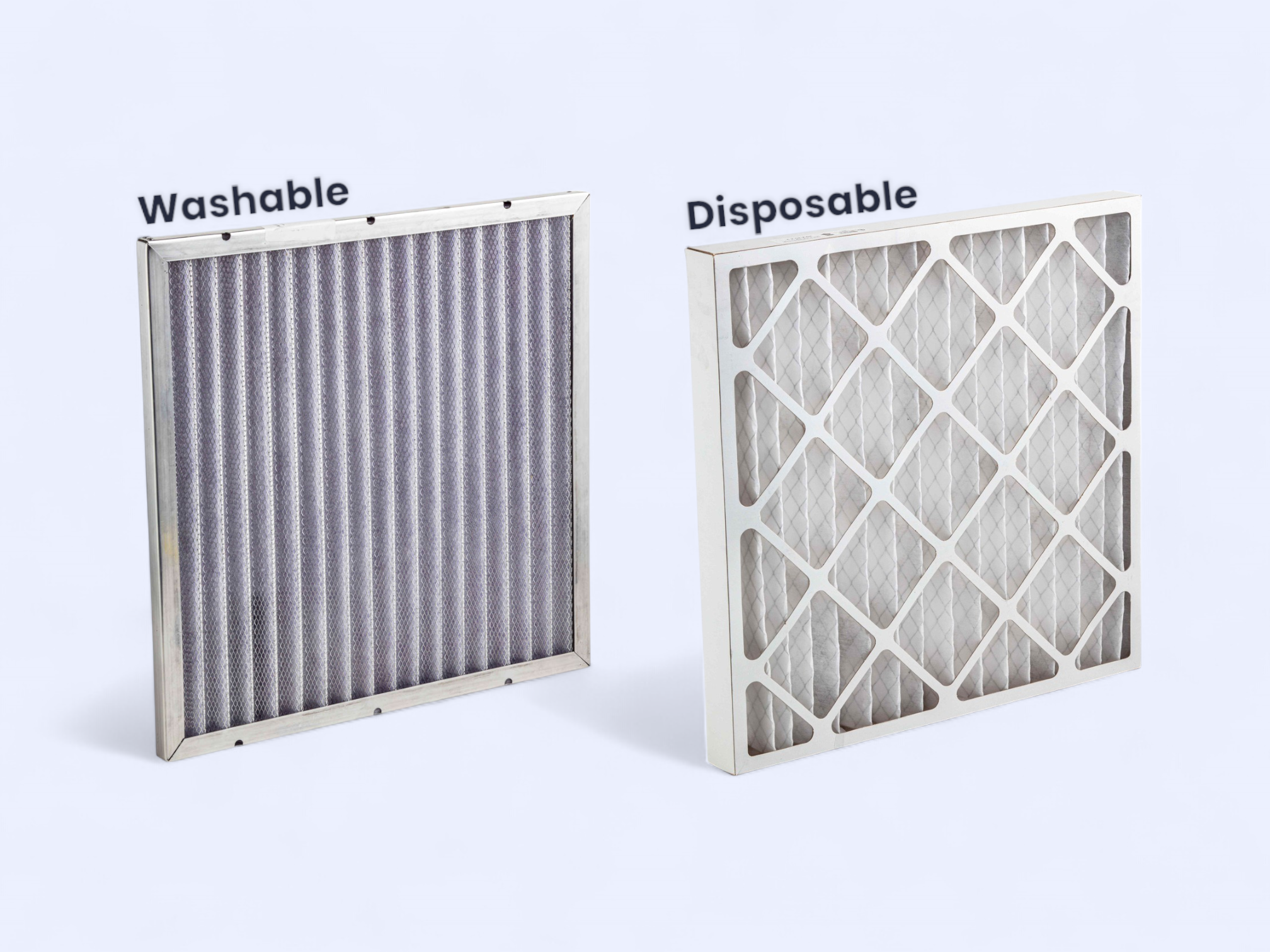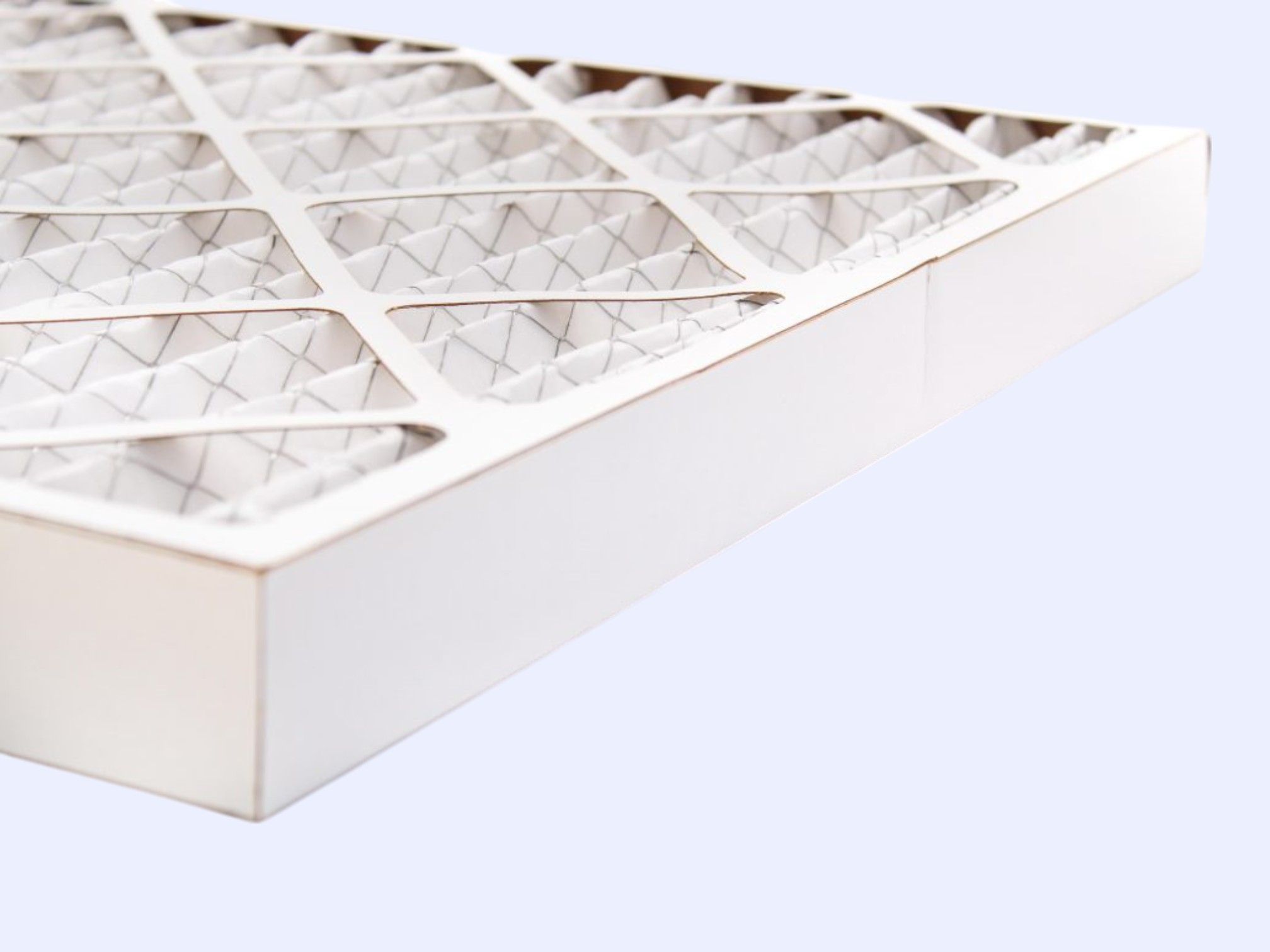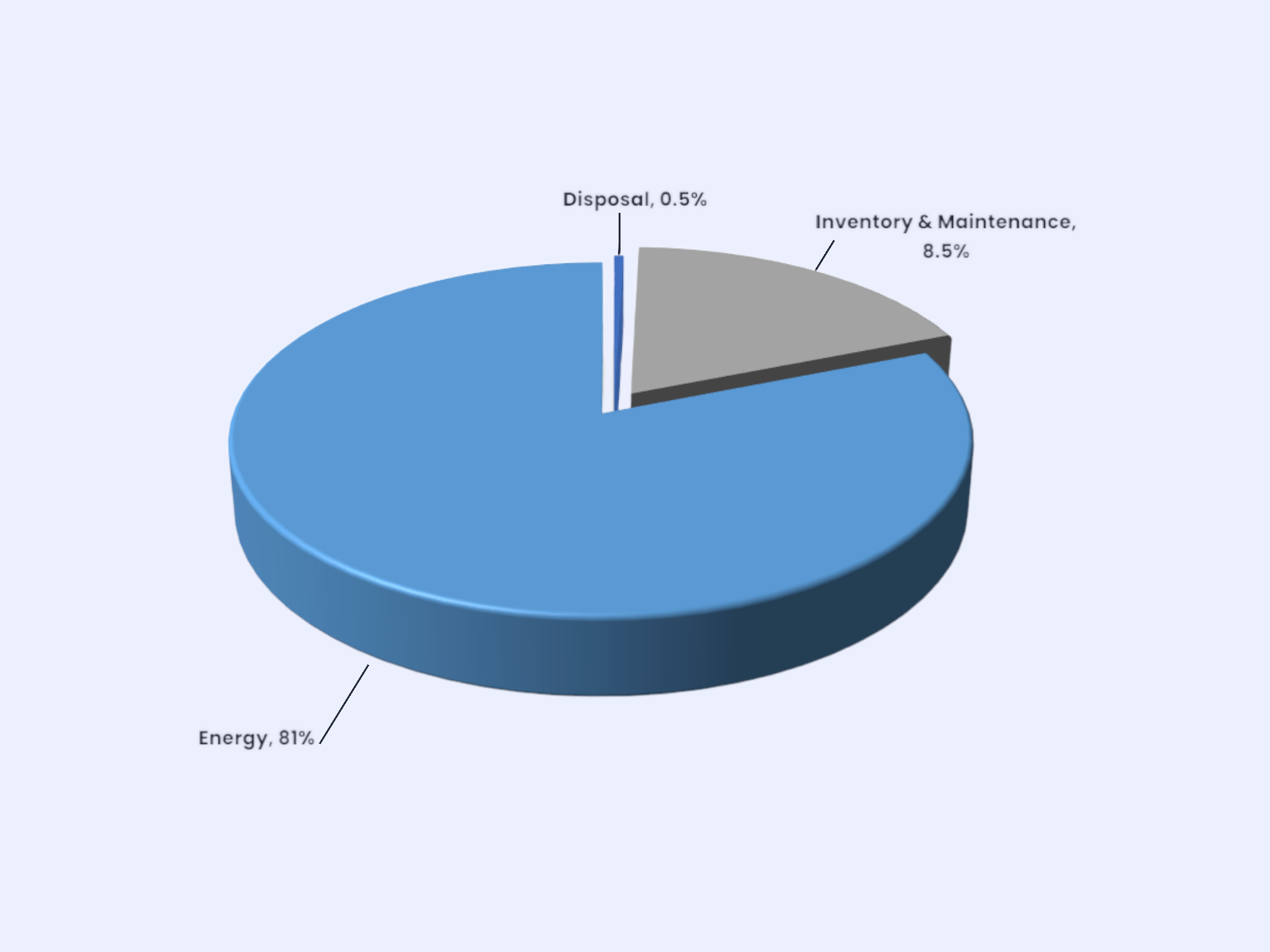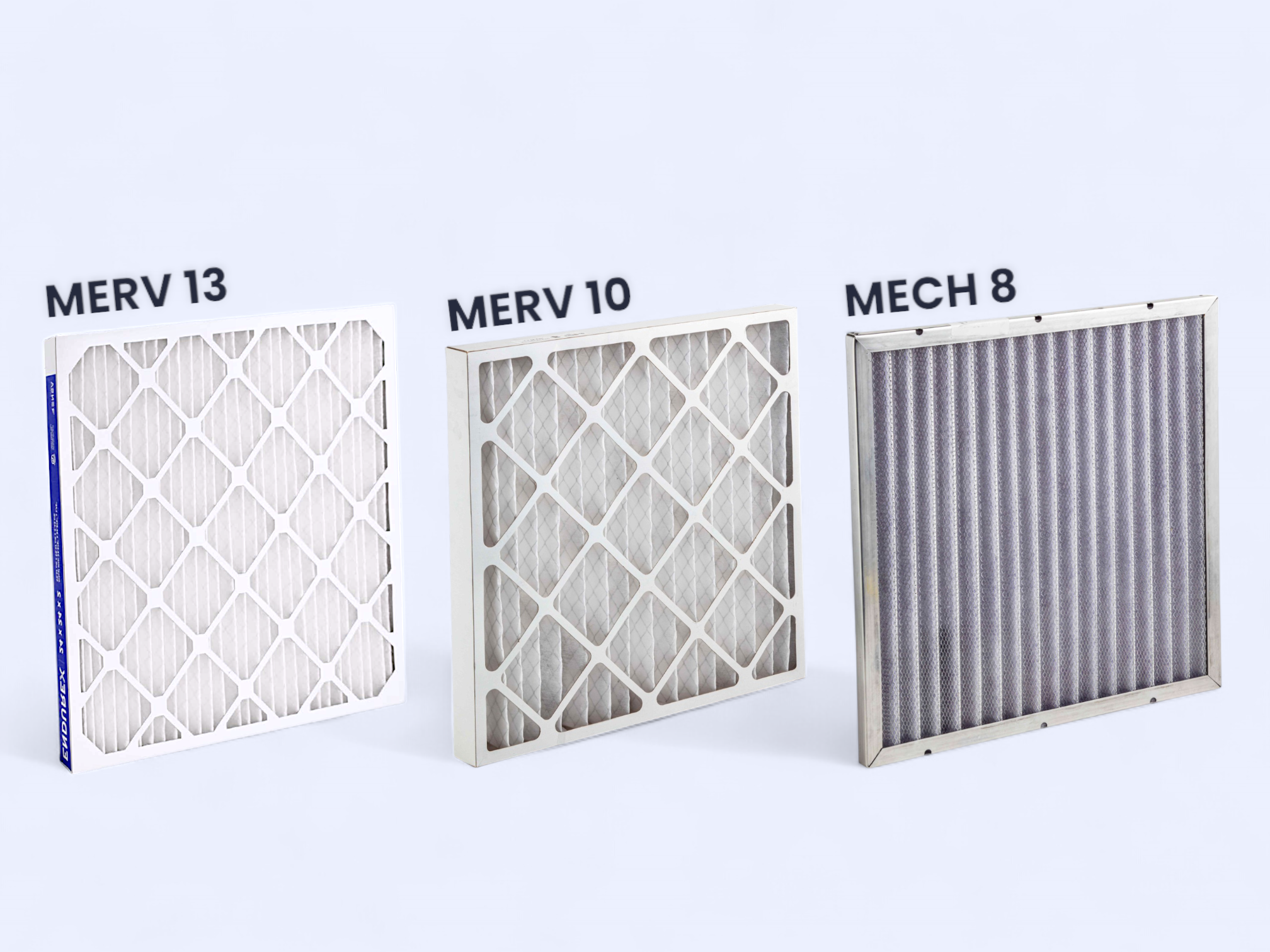As the temperatures drop and the chilly winds start to blow, we all know that it’s time to fire up our heating systems. While we often think about comfort during the winter months, one crucial yet often overlooked aspect of maintaining a healthy indoor environment is changing your furnace filter. In this blog post, we’ll delve into why changing your furnace filter is essential, the benefits it offers, and some tips on how to do it effectively.
1. Improve Indoor Air Quality
One of the primary reasons to change your furnace filter regularly is to improve your home’s indoor air quality. Over time, filters accumulate dust, pollen, pet dander, mold spores, and other airborne contaminants. When the filter is clogged, it can’t effectively trap these pollutants, allowing them to circulate throughout your living space. This can aggravate allergies and asthma, making it crucial to maintain clean air.
2 . Enhance Energy Efficiency
A dirty filter makes your furnace work harder to push air through the system. This increased strain can lead to higher energy consumption and, consequently, a spike in your utility bills. By changing the filter regularly, you allow your system to operate more efficiently, which can lead to substantial savings on your energy costs.
3. Extend the Life of Your Furnace
Furnaces are significant investments in your home, and like any other mechanical system, they benefit from regular maintenance. A clean filter reduces the strain on your furnace, helping it run more smoothly. This not only enhances performance but can also extend the life of the unit, potentially saving you thousands of dollars in premature replacement costs.
4. Prevent Breakdowns and Repairs
A neglected furnace filter can lead to a variety of issues, including overheating, reduced airflow, and even complete system failure. When your furnace has to work harder due to a clogged filter, the risk of breakdowns increases. Regularly changing the filter is a simple step that can help prevent costly repairs or emergency service visits.
5. Decrease Dust and Allergens in Your Home
If you notice a layer of dust settling on your furniture or an increase in allergy symptoms among household members, a dirty furnace filter could be to blame. Changing your filter regularly helps trap dust and allergens before they have a chance to circulate through your home. This not only helps keep your living space clean but also promotes a healthier environment for you and your family.
6. Simple and Cost-Effective Maintenance
Changing your furnace filter is one of the simplest and most cost-effective maintenance tasks you can perform. Most filters are inexpensive, and the process typically takes only a few minutes. You can make it a part of your seasonal home maintenance routine, ensuring that your furnace is always operating at its best.
7. How Often Should You Change Your Filter?
The frequency of changing your furnace filter can depend on various factors, including:
– Filter Type: Some high-efficiency filters can last up to six months, while others should be changed monthly.
– Household Factors: If you have pets or live in a high-pollen area, you may need to change your filter more frequently.
– Usage: During the winter months when your furnace is used daily, check the filter every month and replace it as needed.
8. Conclusion
In conclusion, changing your furnace filter is an essential home maintenance task that offers numerous benefits. From improving indoor air quality to enhancing energy efficiency and extending the life of your furnace, it’s a small effort with significant rewards. Don’t wait until your furnace shows signs of strain or your indoor air quality declines; make it a habit to check and change your filters regularly. Your furnace—and your lungs—will thank you!

Why Choose Washable Air Filters Over Disposable Ones? Washable air filters offer a range of benefits that make them a smart choice over disposable filters,...

Changing your furnace filter regularly is one of the easiest and most effective ways to maintain both your home’s air quality and your heating system’s...

We have a lot of satisfied customers with our Mech 8 air filter. And a question we get frequently is “What makes the Infinite 8...

Different air filters remove different levels of particulates from the air. To standardize how filter efficiency is measured, the heating and air conditioning industry came...

CDC (Centers for Disease Control and Prevention) has come out with a new recommendation of MERV 13 pleated filters in commercial buildings. Is this a...